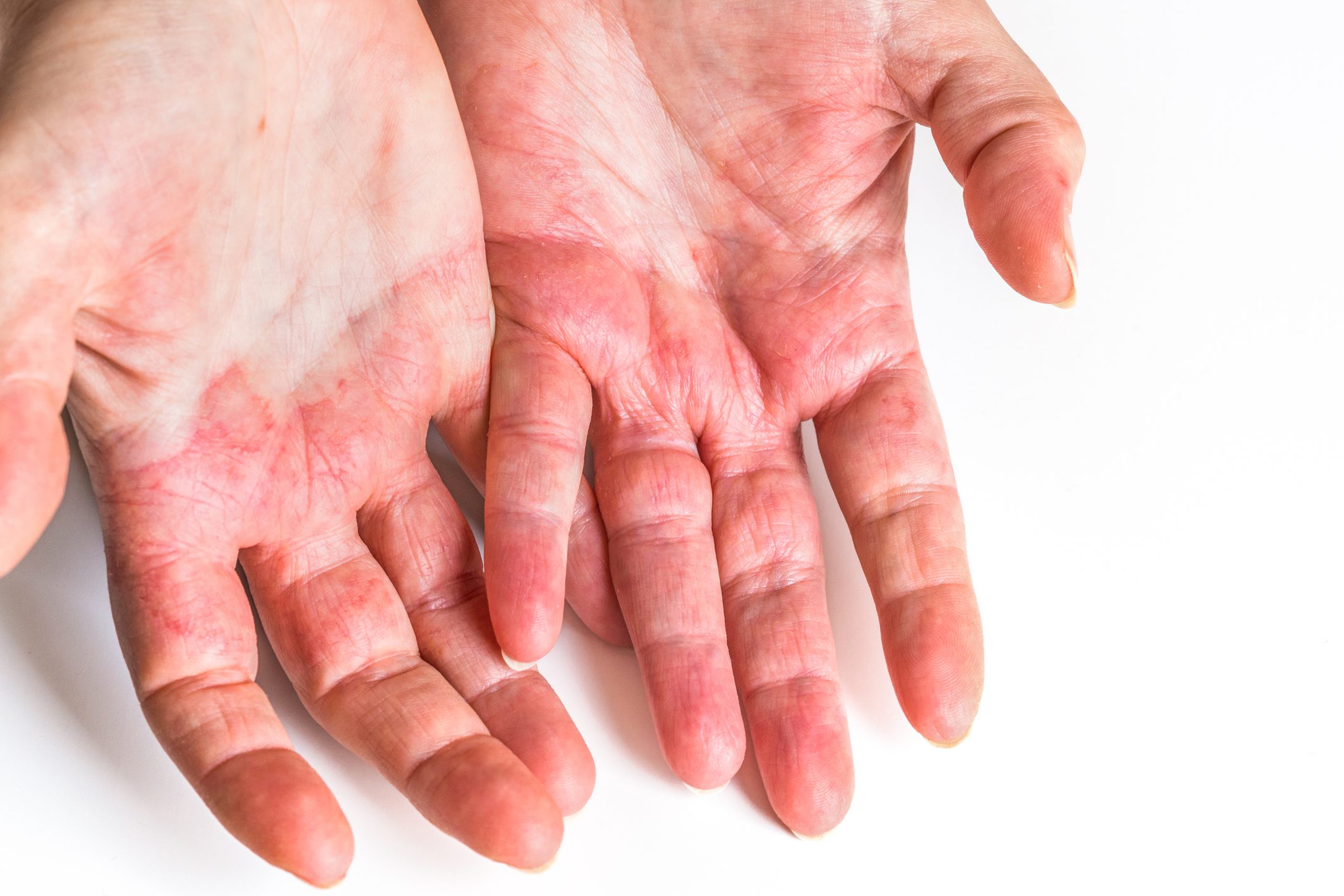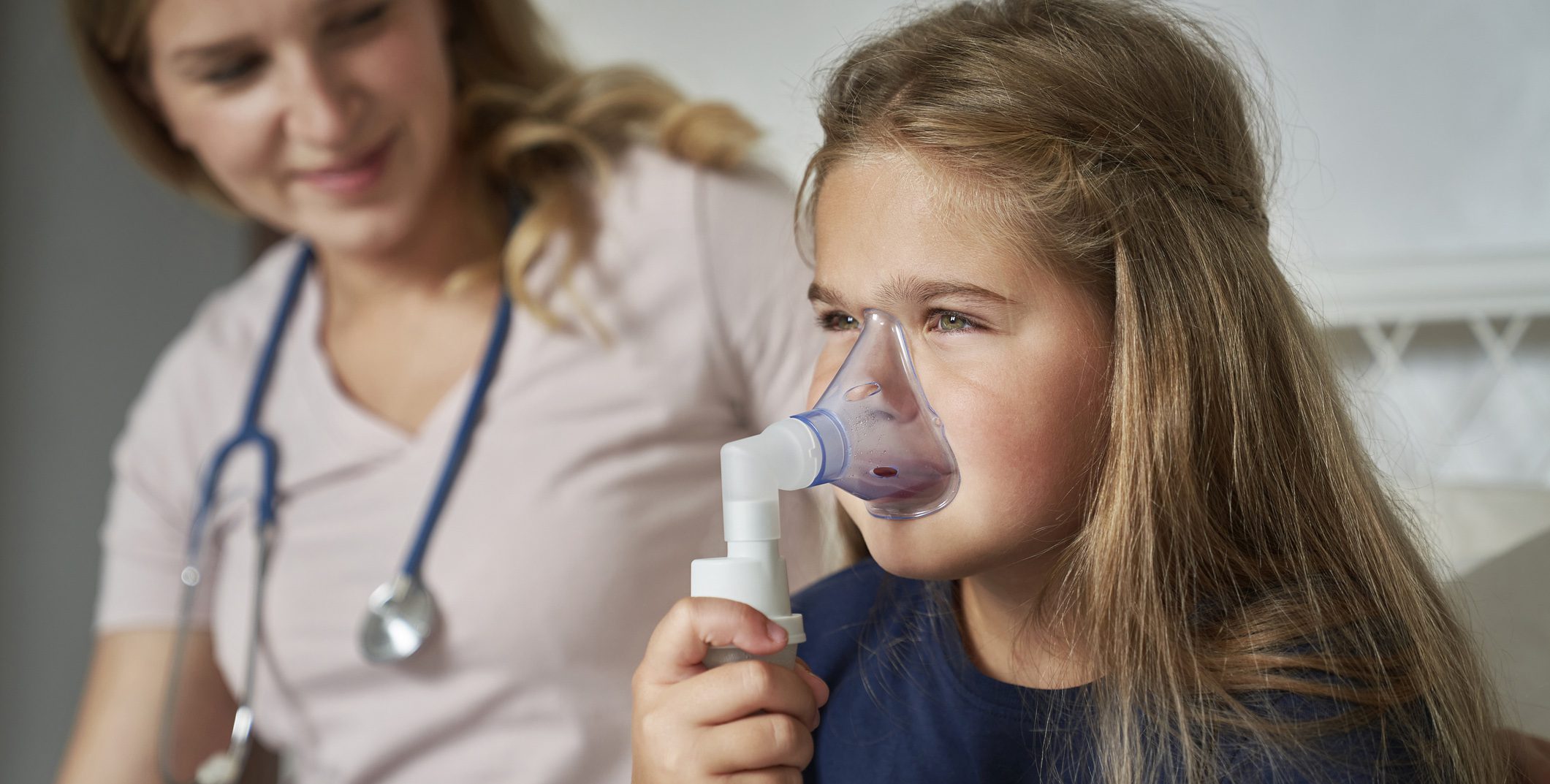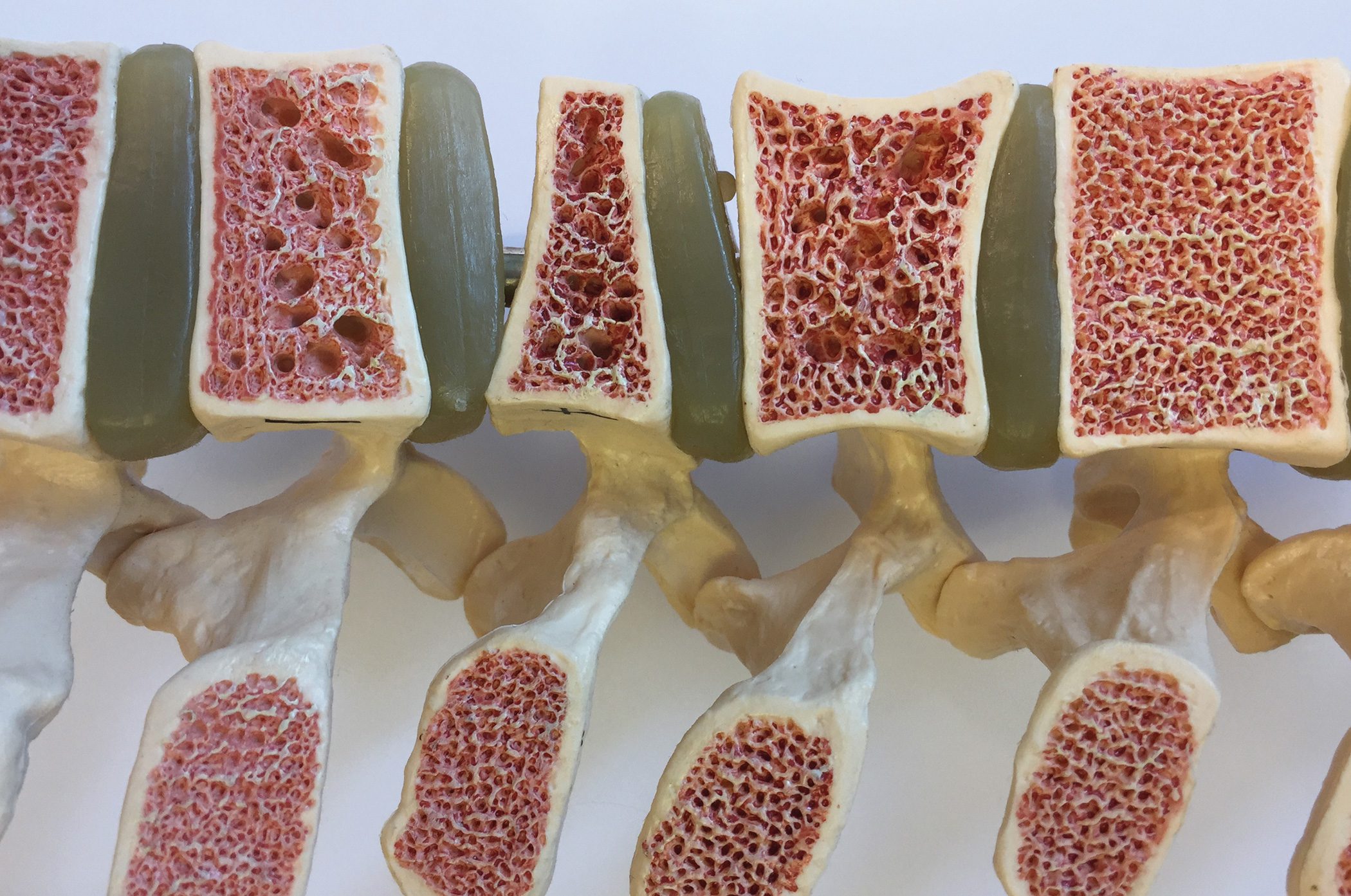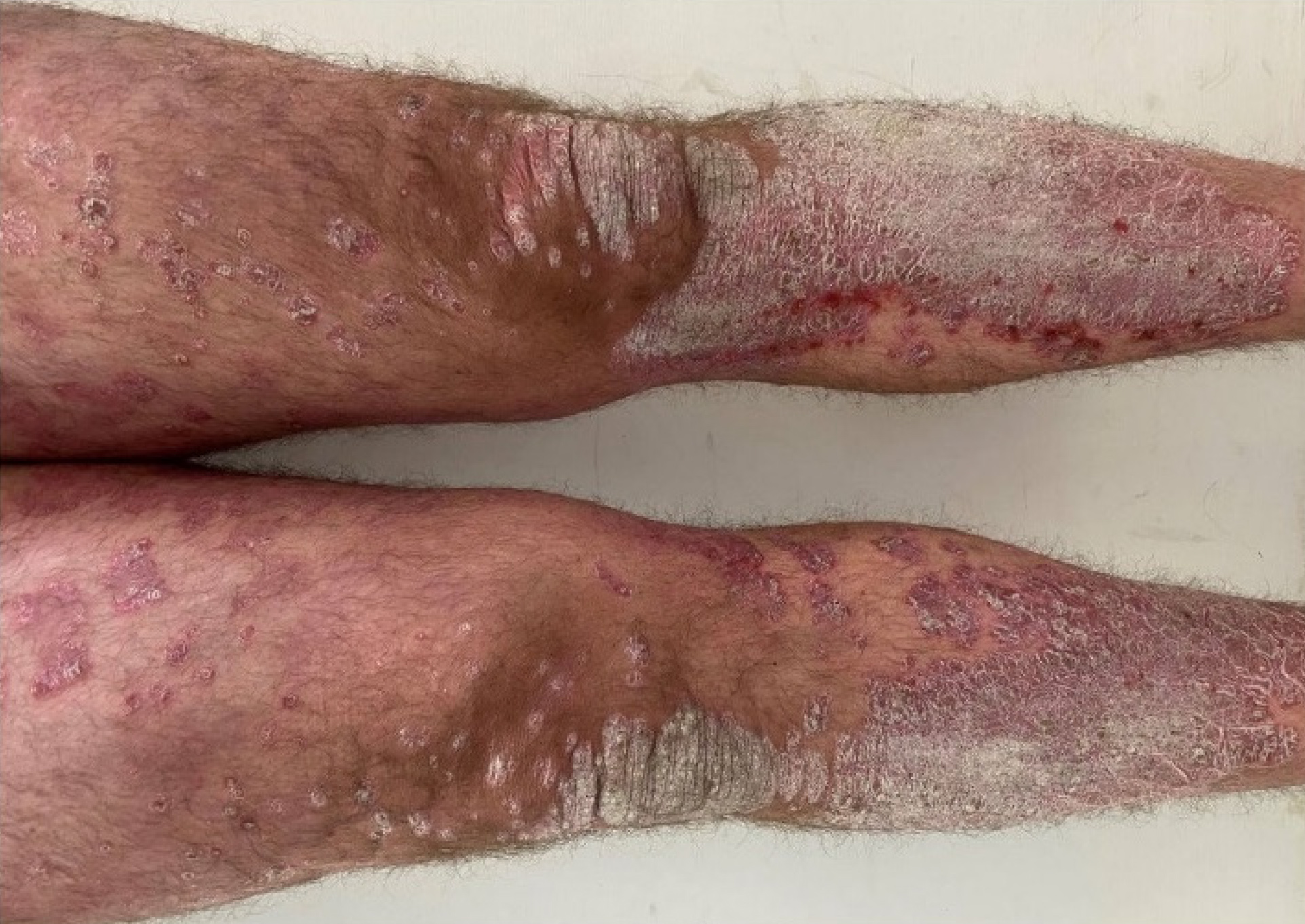The “skin cancer epidemic” motivates large national prevention campaigns. Recent epidemiologic data support the effectiveness of primary prophylaxis and screening programs.
The “skin cancer epidemic” motivates large national prevention campaigns. The incidence of skin cancer has more than doubled (factor of 2.5) in the last 30 years (1985-2015). This applies to melanoma (black skin cancer) as well as to “light skin cancer”, “non-melanoma skin cancer (NMSC)”, which includes all forms of basal cell carcinoma and cutaneous spinocellular carcinoma. For the Swiss population (about 8 million inhabitants), there are about 2500 new cases of melanoma and about 22,500 new cases of “non-melanoma skin cancer” per year. Skin cancer is the most common malignancy in humans.
In particular, the relatively high mortality of melanoma, which was estimated at about 20% in 1985 and is 12% today, called the national professional societies for dermatology and venereology of the industrialized nations to action. Large-scale prevention campaigns were launched with the slogan: Discovered early, black skin cancer is curable! The campaigns include information on sun protection (primary prophylaxis) and early diagnosis of suspicious lesions (secondary prophylaxis). Every year in May, “Melanoma Monday” is celebrated throughout Europe with large, nationwide screening campaigns, which sensitize the population to the topic of skin cancer through broad-based, free screening campaigns and media information.

The “Euromelanoma” network includes 33 countries that pool and scientifically evaluate the data from the 100,000 screening examinations performed annually >. The members of the Swiss Society of Dermatology and Venereology (SGDV), together with the university and cantonal hospital departments of dermatology, examine between 2500-3500 people annually free of charge and forward the collected data anonymously to Euromelanoma. On this occasion, participants will be provided with Euromelanoma’s layman-friendly information material, which will be supplemented by comprehensive information on the Internet (www.euromelanoma.org). Further important information can be found on the website of the Swiss Cancer League (www.krebsliga.ch). The Radiation Protection Division of the Federal Office of Public Health provides non-material support for the National Skin Cancer Campaign. There are significant costs associated with providing and printing the brochures. These are primarily taken by several sunscreen manufacturers in equal proportions. SGDV will cover the remaining uncovered costs of the action.
Skin cancer prevention is effective – But there is still a lot to do
If prevention campaigns lead to the cancer diagnosis in question being made more frequently (incidence increase), while mortality remains high, epidemiology speaks of “overdiagnosis”: prevention has missed its main target. Without reducing mortality, more and more previously unsuspecting healthy people (and subclinically ill people) are stigmatized, clarified and treated – with all the inherent risks and burdens [9,10]. In 1985, the absolute incidence of melanoma in Switzerland was 800 newly detected tumors in a population of 6.5 million (12/100,000), whereas today it is 2500 newly detected tumors in a population of 8 million (31/100,000). In absolute terms, mortality from 2000-2015 remained at about 300 melanoma-related deaths per year, while relative to new cases diagnosed it decreased from about 20% to 12%.

In 2000-2012, skin cancer prevention therefore had to face accusations of overdiagnosis [11,12]. The incidence of skin cancer was steadily increasing. Early forms of melanoma were increasingly diagnosed, while the incidence of thick melanoma and mortality remained unaffected in absolute terms.
However, recent epidemiologic data now support the efficacy of primary prophylaxis and screening programs (secondary prophylaxis) for skin cancer [13,14]. Effectiveness could probably be greatly improved if the proportion of the population screened were greatly expanded and if screening-remote populations were systematically better captured.
A long-term Australian study demonstrates that more consistent sun protection reduces melanoma incidence in a randomized controlled trial in which half of the study participants applied sunscreen at their own discretion and the other half were forcefully instructed to apply sunscreen [15].
A German study examining over 360 000 participants or about 19% of the population of Schleswig-Holstein found a transient increase in incidence (invasive melanoma +27%, in situ melanoma +48%) and at the same time a halving of mortality decline within a few years (expected 2.0/100’000 and occurred 0.79/100’000 per year, data extraction for men), which later persisted at this lower level [16]. The mortality reduction was so impressive and occurred so rapidly that it is difficult to explain it by intensive skin cancer screening alone. It is possible that an indirect effect of raising public awareness contributed to the great success. However, the study has received much political attention and has resulted in skin cancer screening in Germany being reimbursed by health insurance once every two years [14].
A study from Marseille addressed the question of why screening programs fail to reduce melanoma mortality to the desired extent. The study showed that certain segments of the population are at higher risk. (A) Men, (B) individuals and again specifically men with short schooling, (C) men over 65 years of age and (D) the rural population have an increased risk of dying from melanoma. At the same time, they represent the population segments distant from screening that are not sufficiently reached by the information campaigns and screening examinations [17].
An indirect indication of the likely effectiveness of skin cancer screening is shown by the Euromelanoma review data. As a country with very good healthcare, Switzerland is a frontrunner in two respects. Melanoma incidence is the highest in Europe (19/100,000), while relative mortality is the lowest (absolute mortality 1.8/100,000, relative mortality 10% [1,8:19=0,1]). The economically and medically less well off countries in Eastern Europe show different figures. With a melanoma incidence of 4/100,000, mortality is 1.6/100,000, corresponding to 40%. [18]. Since melanoma mortality is directly associated with tumor thickness (Breslow index) at primary excision, this undoubtedly means that people in Eastern Europe report to their physician later when melanoma is suspected.
In the Alpine countries, an increased relative proportion of lentigo maligna (LM) and lentigo maligna melanoma (LMM) in the total number of diagnosed melanomas can be observed. This subset of melanomas, which occurs primarily on chronically sun-exposed skin of the face and scalp, grows very slowly and usually remains in the uppermost layer of skin for years, with no tendency for deep growth or metastatic spread. The mortality rate is 2-3%. The increased proportion of LM and LMM partly explains Switzerland’s relatively low melanoma mortality compared with other Western European nations.
Future opportunities for the national skin cancer campaign.
In 2011-2013, the SGDV and the Swiss Cancer League reconsidered the national skin cancer prevention strategy. The SGDV decided to stick to the national skin cancer campaign and the successful cooperation with Euromelanoma. This year’s campaign will take place throughout Switzerland on May 15 and will be accompanied by media information. Additional examination afternoons will be offered during the week of May 15-19; more information is available on the website at www.melanoma.ch.
At the same time, SGDV has intensified its screening presence in industries with high occupational sun exposure and with a high proportion of workers who are more likely to be unscreened.

The gold standard of an epidemiologically valid study on the possibilities and limitations of skin cancer screening would have to be based on systematic and as complete as possible information and skin examination of the entire population of a defined region of about 100,000 inhabitants over a period of several years. It would involve primary care providers and dermatologists. The SGDV currently lacks the resources for such a broad-based and multi-year study.
Until then, the dermatologists of Switzerland, in cooperation with primary care providers as well as with the Swiss Cancer League, Euromelanoma and with the support of the involved producers of sun protection products, will continue the annual national skin cancer campaign, with additional outreach in industries particularly affected by skin cancer, in dermatologically unserved rural regions of Switzerland as well as generally in schools (indirectly via the teaching staff, primary prophylaxis) and among men over 65 years of age.

Take-Home Messages
- In Switzerland, melanoma incidence is the highest in Europe, while relative mortality is the lowest.
- Mortality decreased relative to new cases diagnosed from approximately 20% to 12% between 2000-2015.
- Recent epidemiologic data support the effectiveness of primary prophylaxis and screening programs.
- Certain populations are at higher risk for delayed diagnosis and fatal outcome. At the same time, they represent the portions of the population that are not sufficiently reached by information campaigns and screening examinations.
- SGDV has intensified its screening presence in industries with high occupational sun exposure and with a high proportion of workers who are more likely to be unscreened.

Literature:
- Reinau D, et al: Eur J Cancer Prev 2014; 23: 303-309.
- Reinau D, et al: Br J Dermatol 2014; 171: 868-874.
- Whiteman DC, et al: Cancer Causes and Control 2001; 12: 69-82.
- Kennedy C, et al: J Invest Dermatol 2003; 120: 1087-1093.
- Hofbauer GF, et al: Exp Dermatol 2010; 19: 473-482.
- Velez NF, et al: JAMA Dermatol 2014; 150: 280-287.
- Girardi S, et al: Int J Cancer 2006; 118: 2276-2280.
- Reinau D, et al: Br J Dermatol 2015; 173: 1345.
- Moynihan R, et al:BMJ 2012; 344: 3502.
- Chiolero A, et al: SMF 2013; 13: 56-570.
- Levell NJ, et al: Br J Dermatol 2009; 161: 630-634.
- Shuster S: Br J Dermatol 2009; 161: 977-979.
- Mayer JE, et al: J Am Acad Dermatol 2014; 71: 599-619.
- Brunssen A, et al: J Am Acad Dermatol 2017; 76: 129-139.
- Green AC, et al: J Clin Oncol 2011; 29: 257-263.
- Breitbart EW, et al: J Am Acad Dermatol 2012; 66: 201-211.
- Richard MA, et al: Int J Cancer 2000; 89: 271-279.
- Fonsea AM, et al: Br J Dermatol 2012; 167: 1124-1130.
Further references on large-scale skin cancer screening and its preventive effect:
- Schneider JS, et al: J Am Acad Dermatol 2008;58: 741-749.
- Aitken JF, et al: Int J Cancer 2010;126: 450-458.
- Swetter SM, et al: Cancer 2012;118: 3725-3734.
DERMATOLOGIE PRAXIS 2017; 27(2): 10-14













